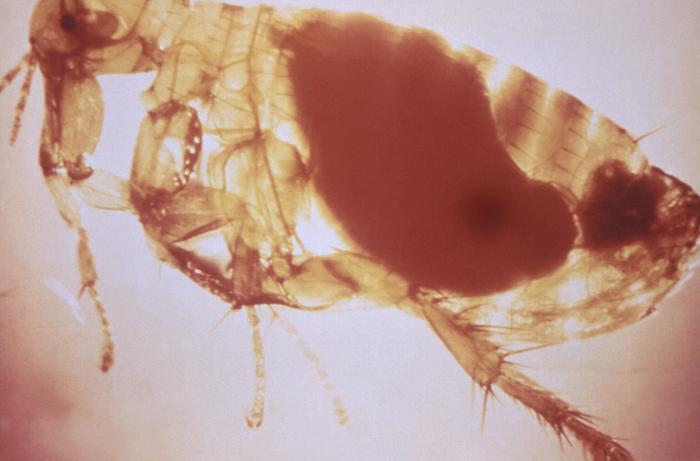By NewsDesk @infectiousdiseasenews
Health officials in the Democratic Republic of the Congo (DRC) reported an additional 12 human plague cases during the week ending Nov. 16, bringing the total to 50 bubonic plague cases this year in Ituri province.

The cases have been reported in Aru and Aungba health zones in the province. Of the total cases, eight fatalities have been reported (a case fatality of 16 percent).
Plague is an infectious disease caused by the bacterium, Yersinia pestis. It is found inanimals throughout the world, most commonly rats but other rodents like ground squirrels, prairie dogs, chipmunks, rabbits and voles. Fleas typically serve as the vector of plague.
People can also get infected through direct contact with an infected animal, through inhalation and in the case of pneumonic plague, person to person.
Related: Congo, Madagascar top countries reporting most plague 2000-2009, US reports 57 cases
Yersinia pestis is treatable with antibiotics if started early enough.
There are three forms of human plague; bubonic, septicemic and pneumonic.
Bubonic plague: This is the most common form. In this form, the bacteria enter the body through the bite of an infected flea or rodent. Here the bacteria infect the lymphatic system. After a few days to week, the person will experience fever, chills, weakness, and swollen lymph glands. These are called buboes.
Untreated bubonic plague is fatal about half the time.
Septicemic plague: This form is also contracted from a flea or rodent bite. Sometimes it appears subsequent to untreated bubonic or pneumonic plague. It involves bloodstream dissemination to all areas of the body. Buboes do not occur. Symptoms are endotoxic shock and disseminated intravascular coagulation. Untreated septicemic plague is nearly always fatal.
Pneumonic plague: Probably the most serious form of plague and it’s when the bacteria infect the lungs and cause pneumonia. It is contracted when the bacteria is inhaled (primary) or develops when bubonic or septicemic plague spreads to the lungs.
Pneumonic plague is contagious and can be transmitted person to person. It is highly communicable under appropriate climate conditions, overcrowding and cool temperatures. Untreated pneumonic plague is frequently fatal.

